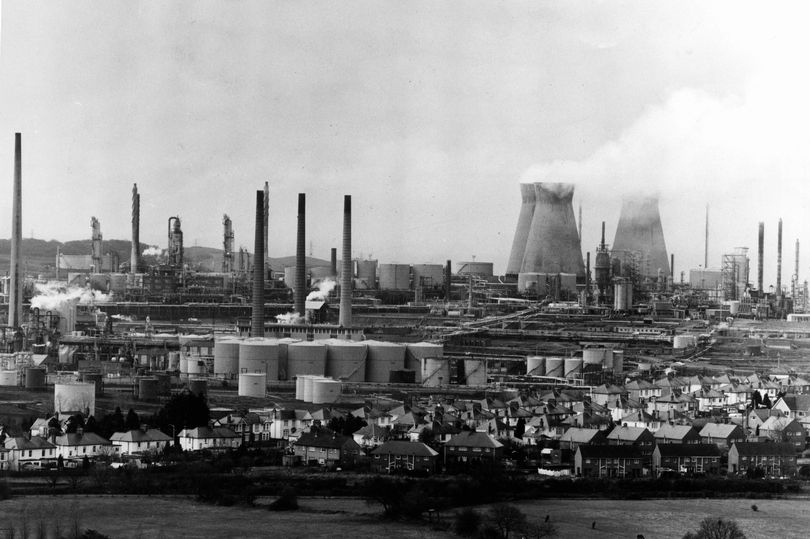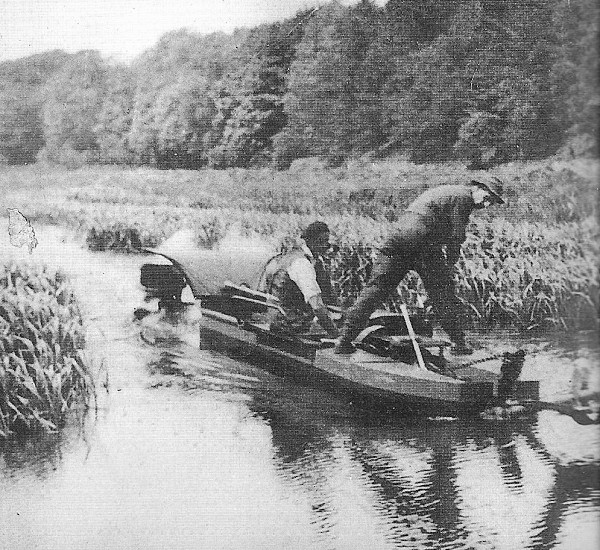
The Llandarcy Oil Refinery
Source: South Wales Evening Post.
1982
It may seem a little odd that an establishment as technologically up-to-date as an oil refinery should be receiving its water supplies from a canal built in the industrial heydays of the 1820s.
The fact is that the Llandarcy refinery was located and designed to receive the bulk of its requirements from the Tennant canal — up to one time up to five million gallons, and at present, about three-and-a-half million gallons a day.
Many of the canals built in South Wales just before and just after the end of the 18th century have long since ceased to exist. Some survive under the watchful eye of preservation societies as tourist attractions.
The Tennant, while still fulfilling an important industrial function, has stretches of splendid serenity and great visual beauty over its eight-and-a-half-mile length between Aberdulais and Swansea.
It has quiet places where the gorgeously-coloured kingfisher reigns, where dippers dart about, and the yellow wagtail is continually busy.
Beneath the water surface, there are Perch, Pike eels, Tench, and other coarse fish which members of the LLandarcy angling section try to catch. And although that kind of idyllic setting is not what George Tennant had in mind when he started his canal venture in 1817, it’s a much happier situation, with the passage of time, than it might have been.
Pioneered.
After the old iron masters and coal owners had pioneered the earliest small canal operations, five great canal lines had opened in the Welsh valleys by the dawn of the 19th century; the others soon followed.
The only one built privately was George Tennant’s from a junction with the Neath canal at Aberdulais, past Neath Abbey to Port Tennant, on the Towy estuary.
Opened in 1824, the waterway cost him 20,000 to build and was the second-longest privately-built canal in Britain.
In common with all other Welsh canals during the bustle of industrial growth at that time, the Tennant Canal Company flourished. Barges hauled coal, timber, bark, fire-bricks, sand, limestone, roadstone, line, and small coal at the rate of 90,000 tons a year in the 1830s.
Railway expansion from 1840 created serious competition, and when the Bessemer steel-making process brought radical changes to the metallurgical industry of the area in the 1860s, the writing was on the wall. By 1900, all the canals were virtually unused.
The Tennant Canal survived just until Llandarcy came into being in 1921, requiring a water supply.
Now, that’s all it does — supply the refinery and BP Chemicals at Baglan Bay and a few smaller commercial concerns along its route. An honorable occupation, you may think, for an old timer.

However, for that to be done, the canal must be dredged and its weeds must be cut. Albert Bowen, Tennant Canal Company foreman for 34 years, supervises a team of four who operate a dredging barge he designed and the diesel-driven weed-cutting craft, which are in action throughout the year.